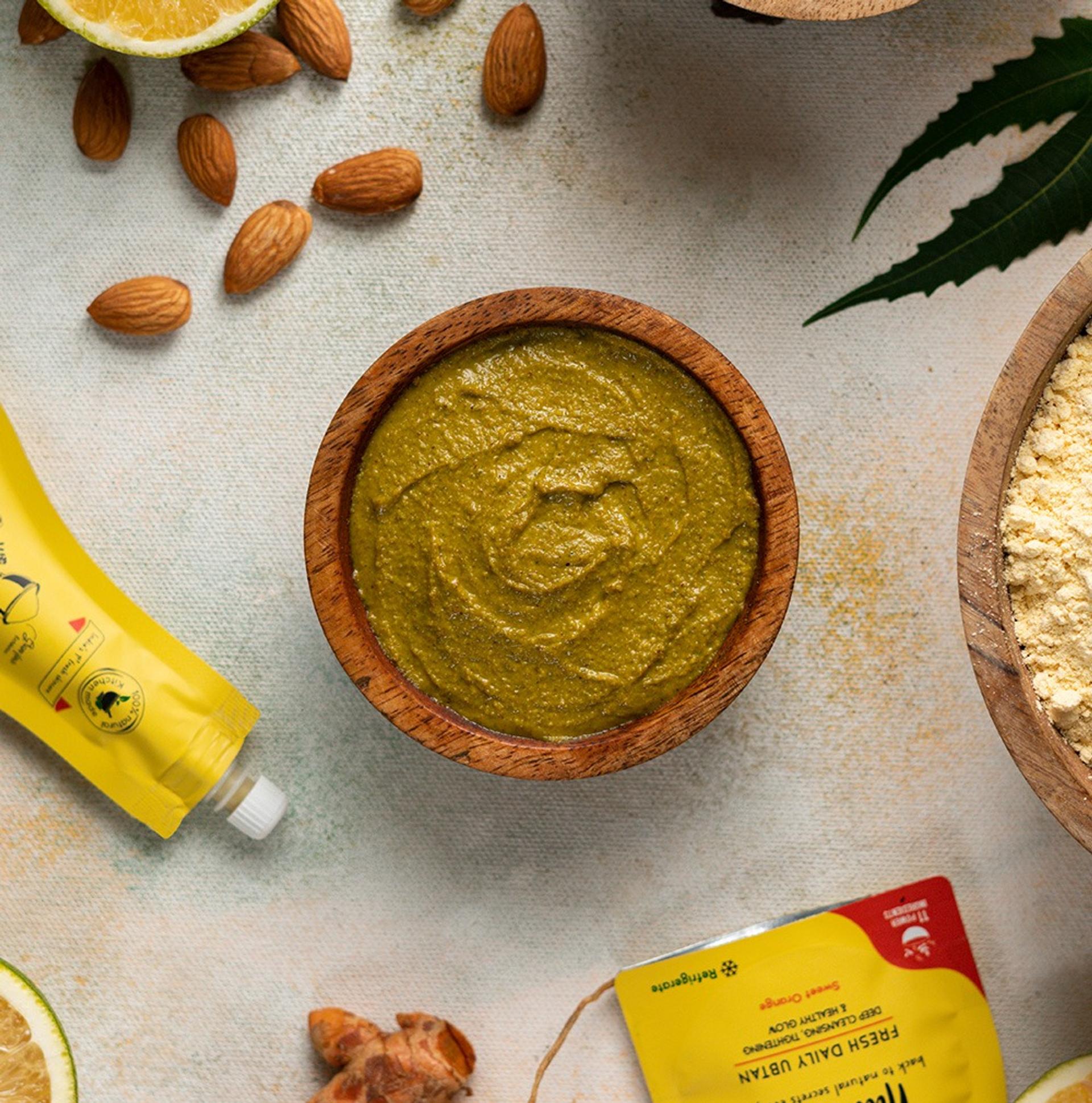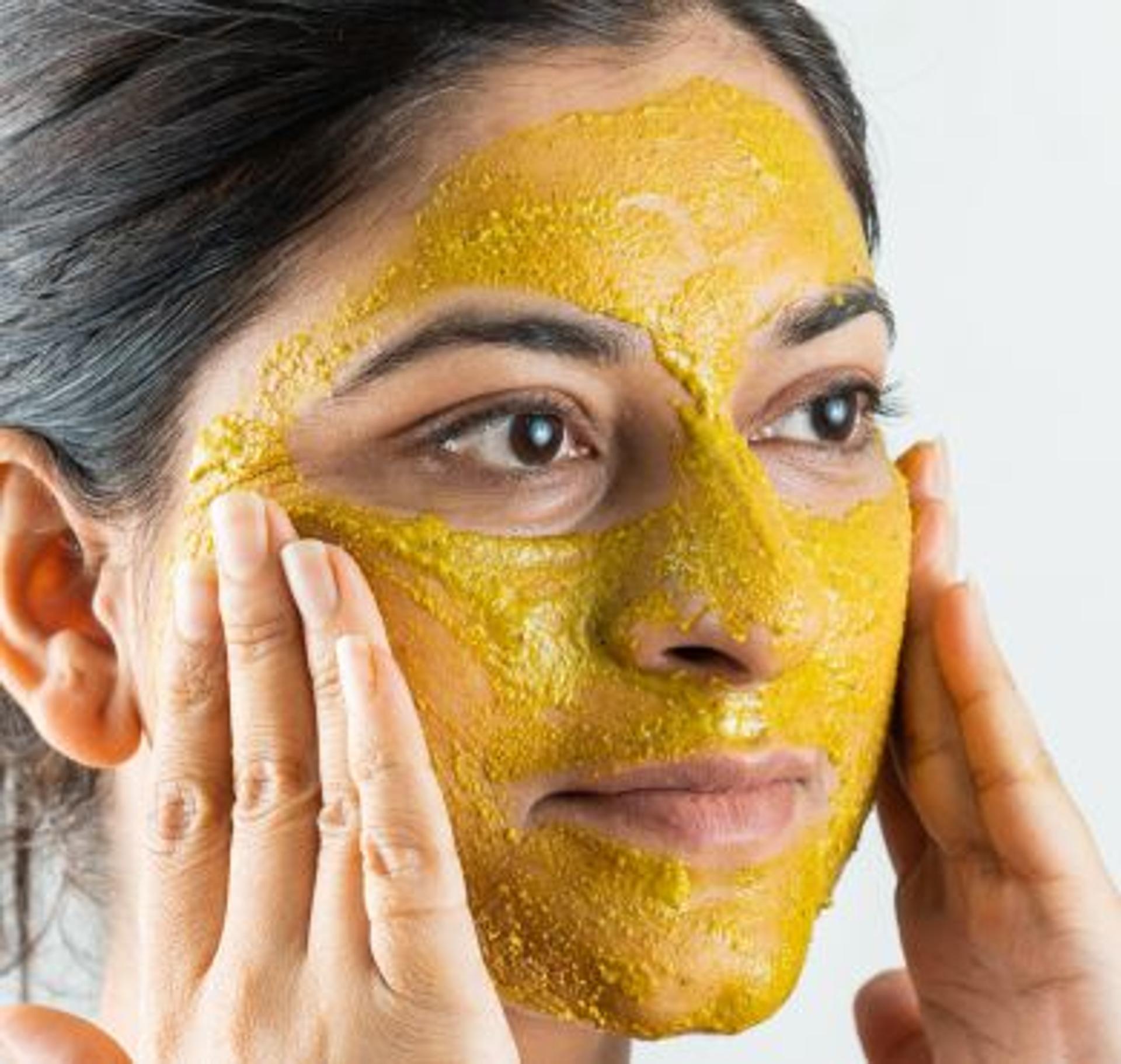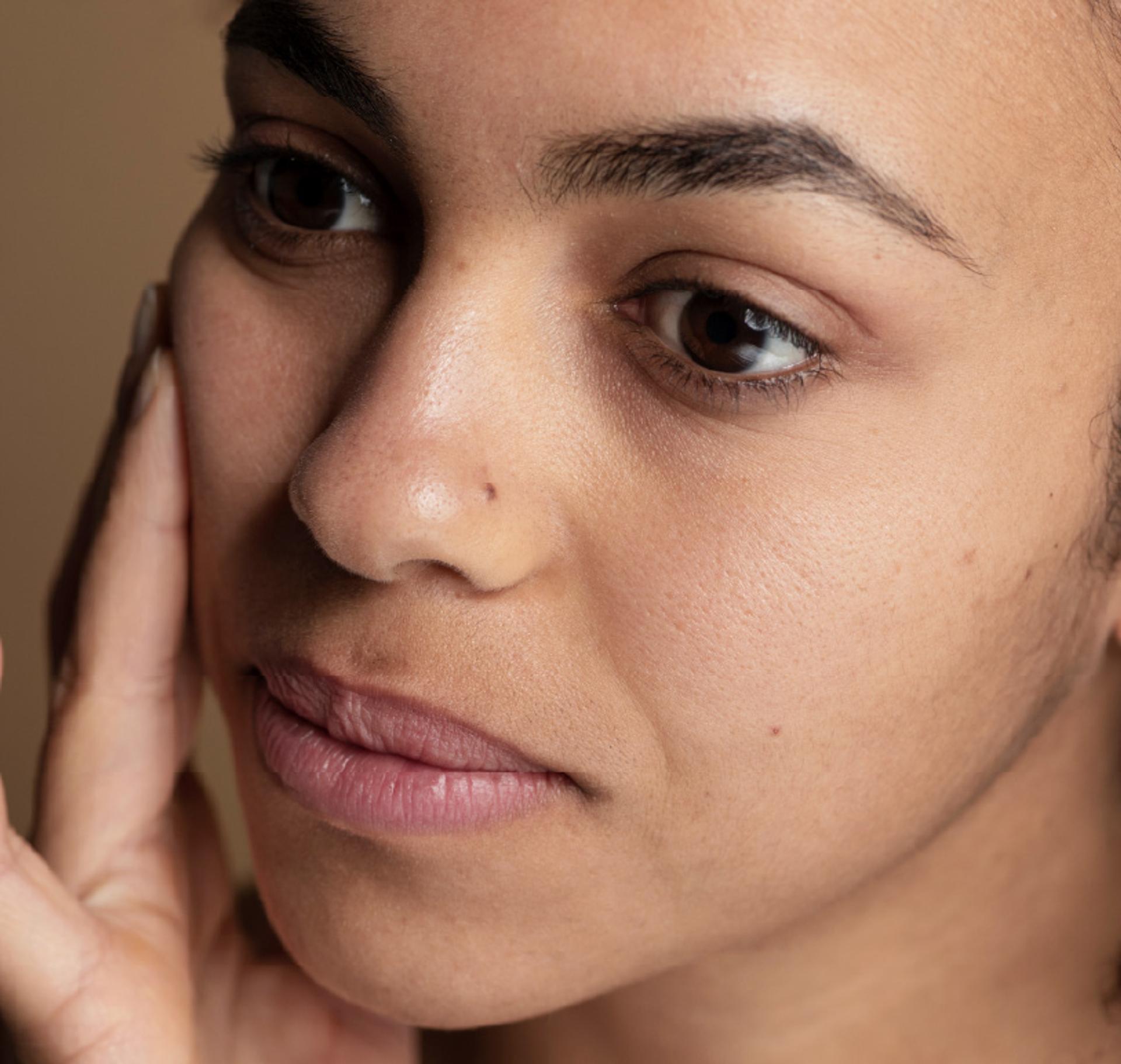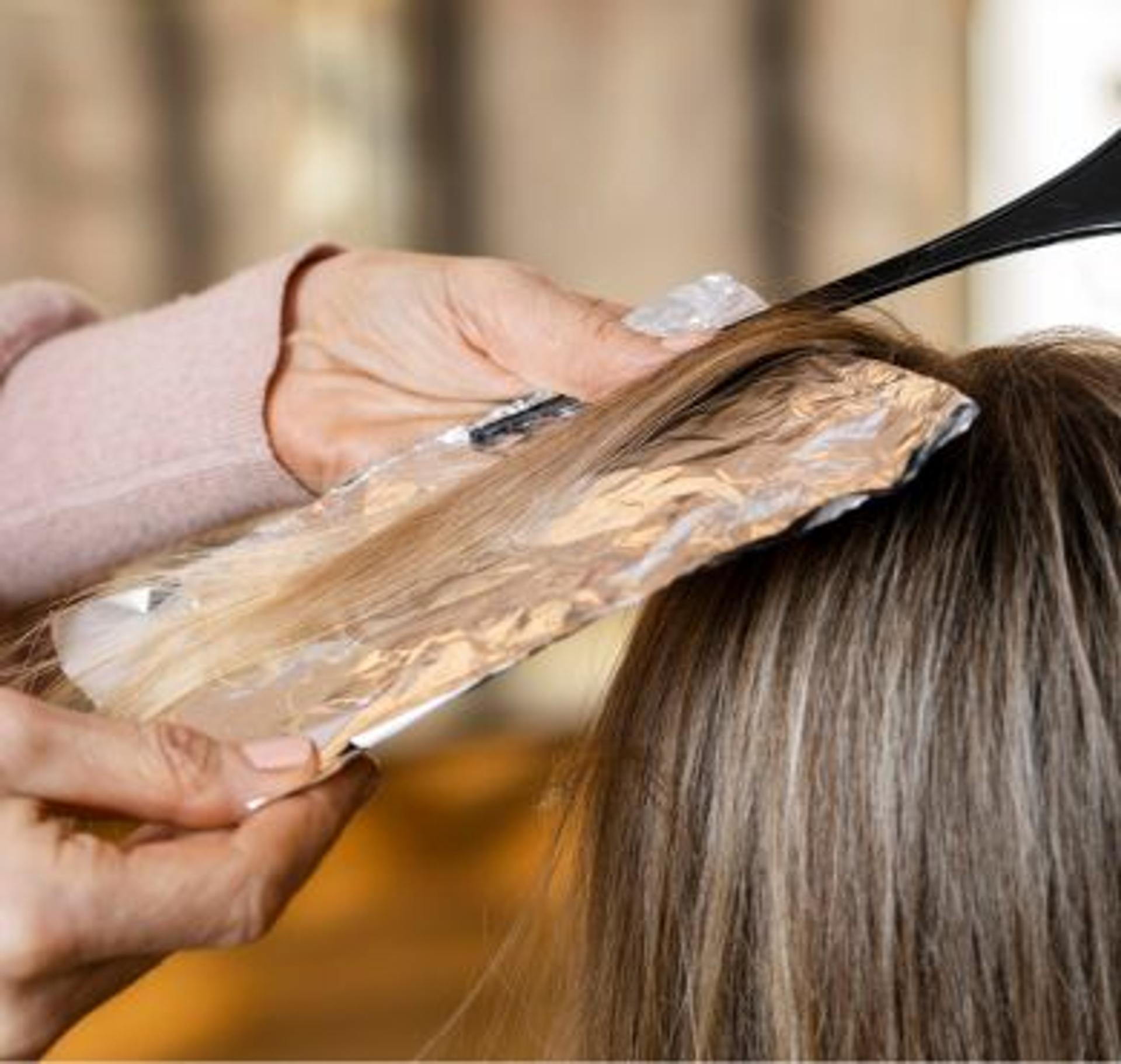
Henna vs Color Dye
Science behind the mystical hues
By Nat Habit
Colouring your hair can be a transformative experience, whether it is to get that new trendy start or just trying out a new look!
But do you know what actually happens when you colour your hair, the science behind it?
Using Hair Color and Dyes:
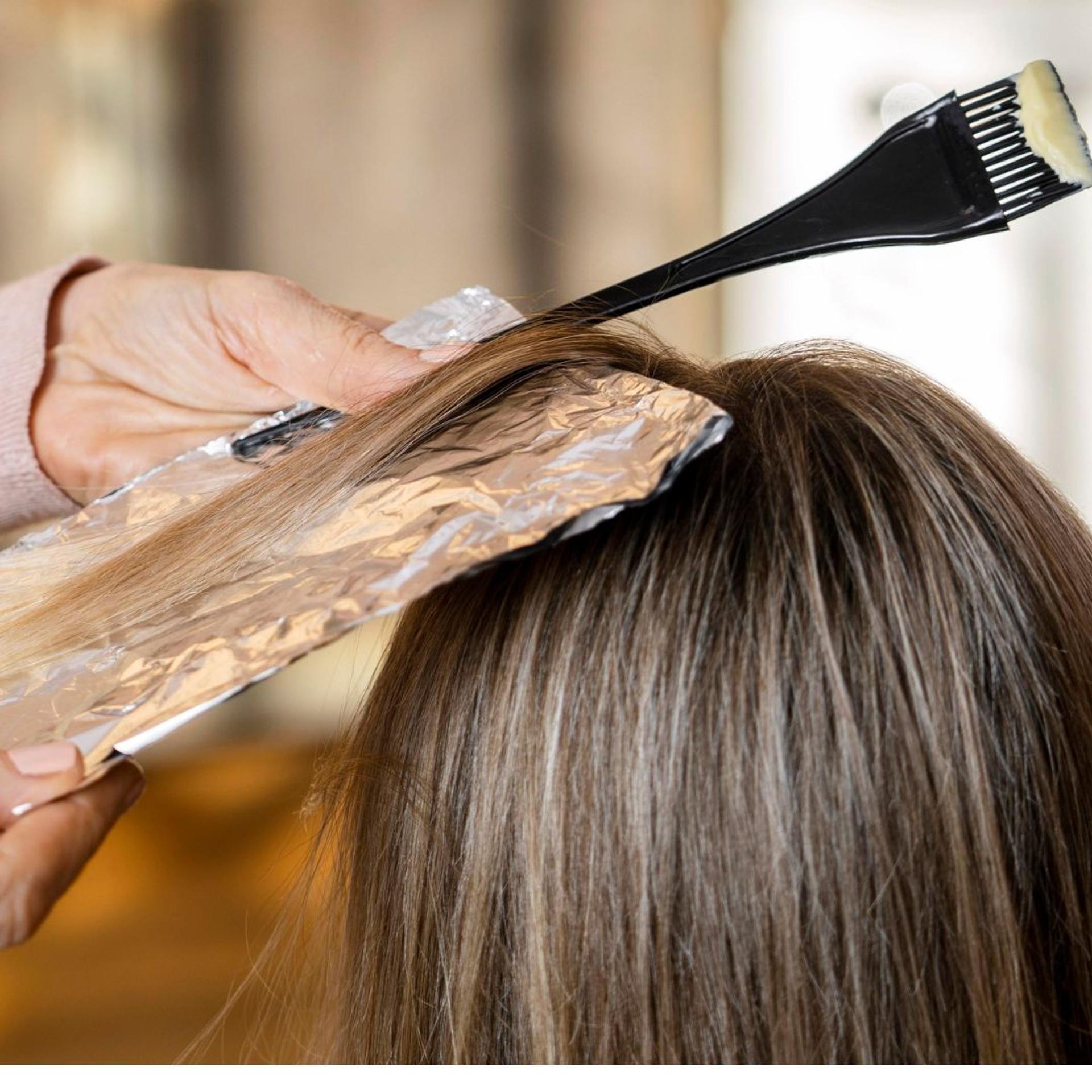
Dyeing your hair may seem like a simple process; you bleach your hair, apply the new shade and voila! New Hair New Me. But in reality it is an act of breaking, entering and decolouring. The culprits? Ammonia and peroxides.
It all begins when the colour tries to enter your hair shaft. After all, to showcase its great vibrancy it has to get into your strands. Naturally our hair made up of cuticles does not allow it. Turning this whole request of entering into an act of forceful entering. Elevate the pH level, cuticles will swell and boom they are open now. Not ignoring the ultimate & immediate severe damage that our tresses just went through. Now as the chemicals and components of colour have finally got it begins the process of colouring.
But wait! There already lives the colour pigments and cells, melanocytes. How can two swords exist in one sheath? There begins the process of bleaching or very well known as oxidizing. Peroxide does this job very well.
Now as the melanocytes have lost their natural colour, the chemical dyes will leave their footprints and lock themselves within the hair shaft by forming polymers.
New colours of tresses damage.
Using Henna:
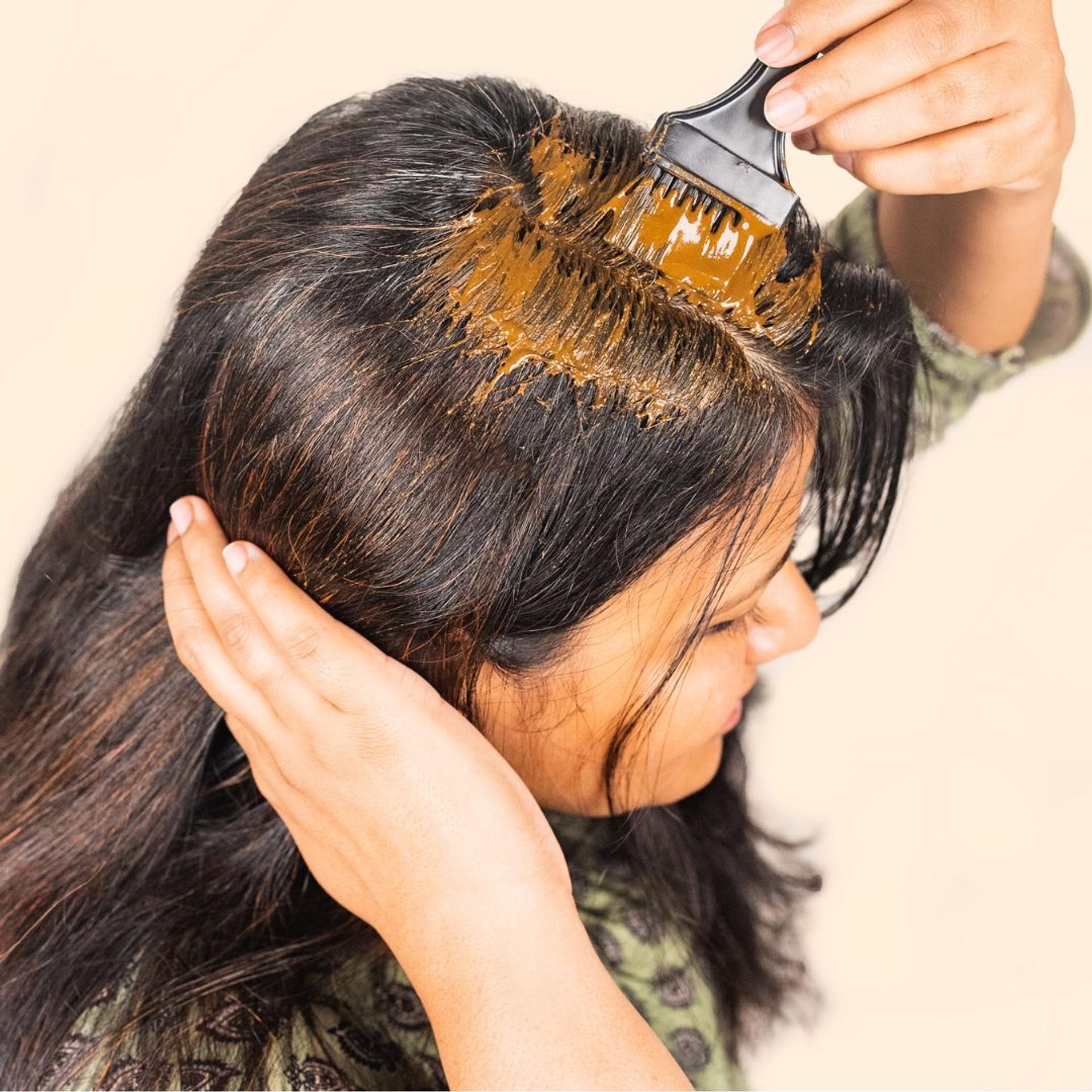
Nature is very well occupied with whatever we might need. Therefore, our need to cover greys was well taken care of by making henna available to us. Unlike dyes, henna does not force enter but is naturally attracted by our hair protein keratin which also allows easy binding of colour. It slowly penetrates your tresses.
Lawsone, a key component in henna, forms a bond with the keratin creating a semi-permanent connection. This bonding allows the slow and gradual staining of protein,leaving wonderful hues.
Well invited by our body proteins, henna leaves its stain over time. This stain might vary from person to person depending on various factors.
In conclusion, the science of hair coloring shows us two completely different approaches. There is color dye's aggressive cuticle penetration and henna's gradual, affinity-driven transformation.Whether you opt for the bold and instant or the patient and natural, understanding the science behind these choices empowers you to make the right decision for your hair journey.
Learn more
